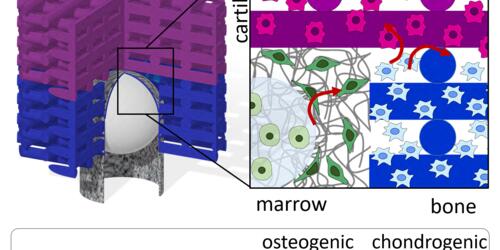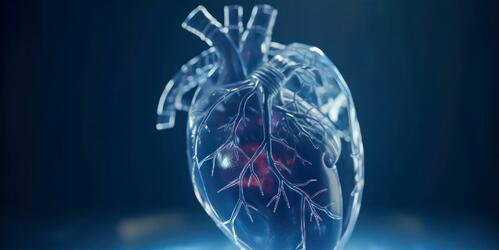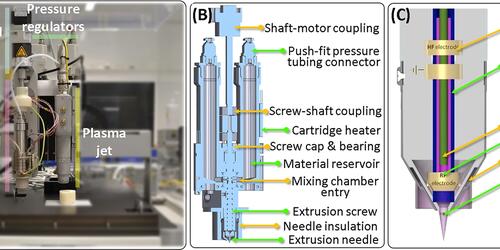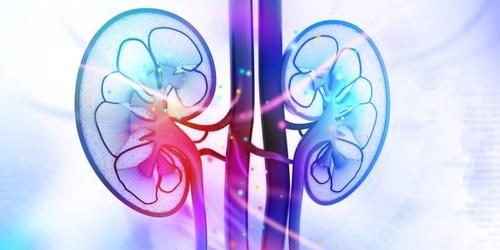Engineering immune response
Engineer the immune response of biomaterials, scaffolds, and biomedical devices.
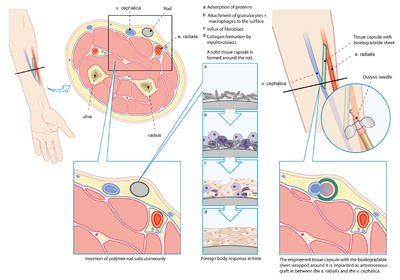 Upon implantation of a biomaterial device, an inflammatory reaction occurs which triggers a foreign body reaction developing a fibrocellular capsule composed of (myo)fibroblast, macrophages, neutrophils, and foreign body giant cells. Various studies aim to reduce this cascade of host reaction, which is generally accepted as improvement of the implant biocompatibility. Despite the need to reduce the host reaction to avoid extensive chronic inflammation and scar tissue, modulating the host response by designing materials with instructive properties could be advantageous for tissue regeneration strategies. At present, researchers have introduced the concept of in situ tissue regeneration where the host response is used as an indirect way to attract specific host cells for tissue repair. Similarly, in vivo bioreactor strategies make use of the host environment and surrounding tissue to provide cells for tissue regeneration. Although numerous studies aim at surface modification of implants to reduce the host response, tuning biomaterials surface properties to promote a suitable host response could be
Upon implantation of a biomaterial device, an inflammatory reaction occurs which triggers a foreign body reaction developing a fibrocellular capsule composed of (myo)fibroblast, macrophages, neutrophils, and foreign body giant cells. Various studies aim to reduce this cascade of host reaction, which is generally accepted as improvement of the implant biocompatibility. Despite the need to reduce the host reaction to avoid extensive chronic inflammation and scar tissue, modulating the host response by designing materials with instructive properties could be advantageous for tissue regeneration strategies. At present, researchers have introduced the concept of in situ tissue regeneration where the host response is used as an indirect way to attract specific host cells for tissue repair. Similarly, in vivo bioreactor strategies make use of the host environment and surrounding tissue to provide cells for tissue regeneration. Although numerous studies aim at surface modification of implants to reduce the host response, tuning biomaterials surface properties to promote a suitable host response could be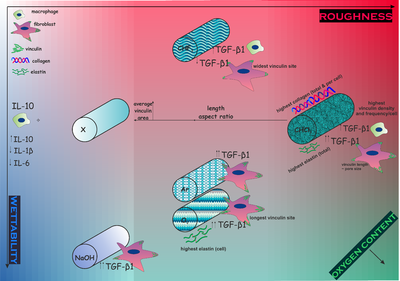 , therefore, an appealing strategy to improve in situ tissue regeneration through an in vivo bioreactor approach. Furthermore, though various in vitro foreign body response (FBR) models have been proposed to study cell-cell signaling, correlation between cell activity followed by secretion of extracellular matrix (ECM) components with material properties is limited.
, therefore, an appealing strategy to improve in situ tissue regeneration through an in vivo bioreactor approach. Furthermore, though various in vitro foreign body response (FBR) models have been proposed to study cell-cell signaling, correlation between cell activity followed by secretion of extracellular matrix (ECM) components with material properties is limited.
In this research line, we propose new strategies to modulate the host response for tissue regeneration applications. Engineered devices with surface properties able to steer the foreign body response to synthesize a vascular graft for dialytic patients have already been successfully created. Further deepening our understanding of how biomedical implants can be engineered to steer the foreign body response is an exciting field in regenerative medicine as it will allow to improve the integration of biofabricated substitutes with surrounding tissues. We aim at generatig in vitro 3D models where tailoring surface properties results in deciphering the effect of surface wettability, topography, roughness and chemistry on cellular behavior with respect to cell adhesion and strength, proliferation, cytokine secretion, and expression of extracellular matrix components. By doing so, our ultimate goal is to provide instructive biomaterials able to actively interact with cells present in the host response cascade to modulate their activity towards tissue healing and regenration.
Researchers involved in this project
Febriyani Damanik, Rong Wang.
Related publications
Mondadori C, Chandrakar A, Lopa S, Wieringa P, Talò G, Perego S, Lombardi G, Colombini A, Moretti M, Moroni L. Assessing the response of human primary macrophages to defined fibrous architectures fabricated by melt electrowriting. Bioactive Materials 2023; 21: 209.
Download PubblicationRothuizen TC, Damanik FF, Lavrijsen T, Visser MJ, Hamming JF, Lalai RA, Duijs JM, van Zonneveld AJ, Hoefer IE, van Blitterswijk CA, Rabelink TJ, Moroni L, Rotmans JI. Development and evaluation of in vivo tissue engineered blood vessels in a porcine model. Biomaterials. 2016 Jan;75:82-90.
Download PubblicationDamanik FF, Rothuizen TC, van Blitterswijk C, Rotmans J, Moroni L. Towards an in vitro model mimicking the foreign body response: tailoring the surface properties of biomaterials to modulate extracellular matrix. Sci Rep 2014, Sep 19;4:6325.
Download Pubblication

